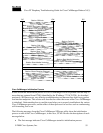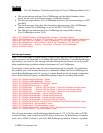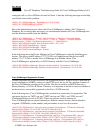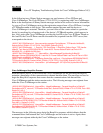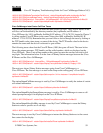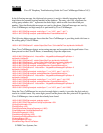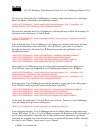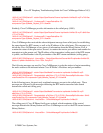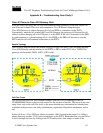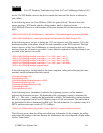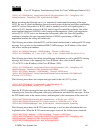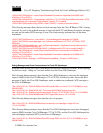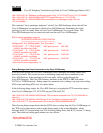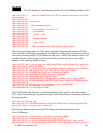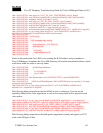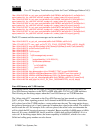
Cisco IP Telephony Troubleshooting Guide for Cisco CallManager Release 3.0(1)
© 2000 Cisco Systems, Inc. 63
Appendix B – Troubleshooting Case Study 2
Cisco IP Phone-to-Cisco IOS Gateway Calls
In the previous case study, the call flow and troubleshooting techniques of an intra-cluster call
was discussed in detail. This case study examines a Cisco IP Phone calling through a
Cisco IOS Gateway to a phone hanging off of a local PBX or somewhere on the PSTN.
Conceptually, when the call reaches the Cisco IOS Gateway, the gateway will forward the call
either to a phone hanging off of its FXS port, or to the PBX. If the call is forwarded to the PBX,
it could terminate to a phone hanging off of a local PBX or the PBX will forward it over the
PSTN and the call will terminate somewhere on the PSTN.
Sample Topology
The following diagram shows the sample topology for this case study. Calls are routed through
Cisco IOS Gateways and the interface to the PSTN or PBX is either T1/CAS or T1/PRI. The
gateways can be models 26XX, 36XX, 53XX or 6K.
Call Flow Traces
This section discusses call flow through examples from the Cisco CallManager trace file
CCM000000000. Refer to the previous section for the location of the file. The traces in this case
study focus only on the call flow itself, as the more detailed trace information has already been
explained in the previous case study (initialization, registration, KeepAlive mechanism, and so
on).
In this call flow, a Cisco IP Phone (directory number 1001) located in the cluster 2 is calling a
phone (directory number 3333) located somewhere on the PSTN. Remember that you can follow
a device through the trace by looking at the TCP handle value, time stamp, or name of the



